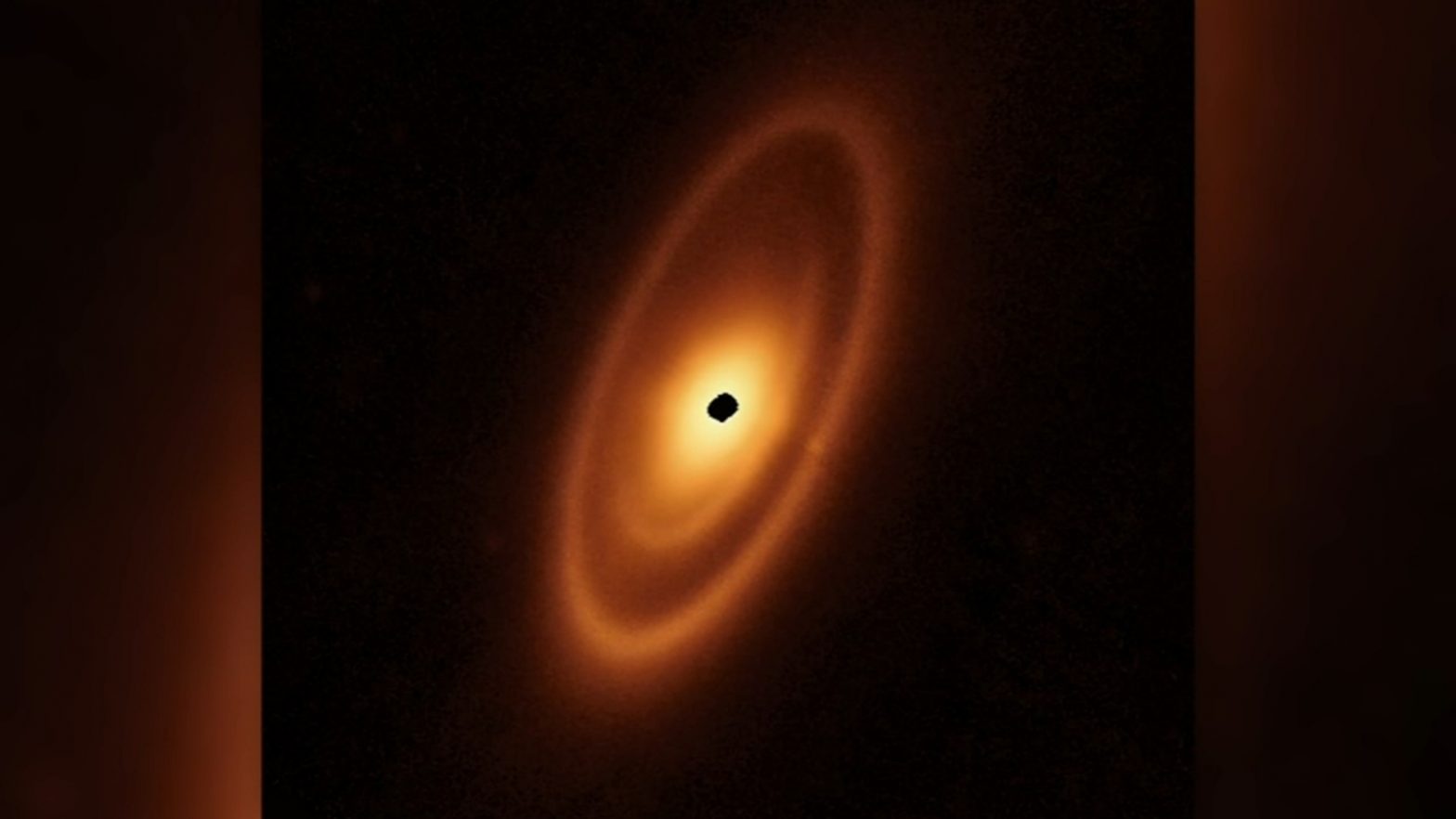The James Webb Space Telescope has made a groundbreaking discovery by revealing the first asteroid belt found outside our solar system. The telescope observed Fomalhaut, a young and bright star located in the Piscis Austrinus constellation. The new detailed images revealed three rings of dust around the star, including two inner belts that had not been visible in previous observations. The asteroid belt around Fomalhaut is much more complex than those in our solar system, and the researchers believe that hidden planets within the star system may be influencing the shape of the dust belt. This dust was created from debris left behind after collisions between asteroids and comets, and the gravitational force of the unseen planets shapes it into belts, much like Jupiter and Neptune do in our solar system. The study’s coauthor suggests that studying the dust belts can help scientists to understand how planetary systems are formed. The new findings, published in the journal Nature Astronomy, provide astronomers with a better understanding of how belts of debris form around stars, and can contribute to a better understanding of the universe.
The recent discovery of the asteroid belt around Fomalhaut and the two inner dust belts not visible before is a significant milestone in space exploration. It provides astronomers with insights into the complexity and diversity of planetary systems beyond our own. The discovery suggests that there may be hidden planets influencing the shape of the dust belts. Continued investment in space exploration and the development of advanced telescopes like the James Webb are crucial to unlocking the mysteries of the universe. The new finding highlights the importance of scientific research and the progress we have made in understanding the universe.

In conclusion, the discovery of the asteroid belt and two inner dust belts around the Fomalhaut star system by the James Webb Space Telescope is a remarkable achievement that deepens our understanding of planetary systems beyond our own. The intricate structure of the debris belts and their gravitational interactions with hidden planets highlight the complexity of planetary system formation. The Webb telescope’s ability to capture detailed images in infrared light has provided astronomers with valuable insights into the process of planetary system formation. This groundbreaking discovery demonstrates the importance of continued investment in space exploration and the development of advanced telescopes to further our understanding of the universe.
©world-news.biz
